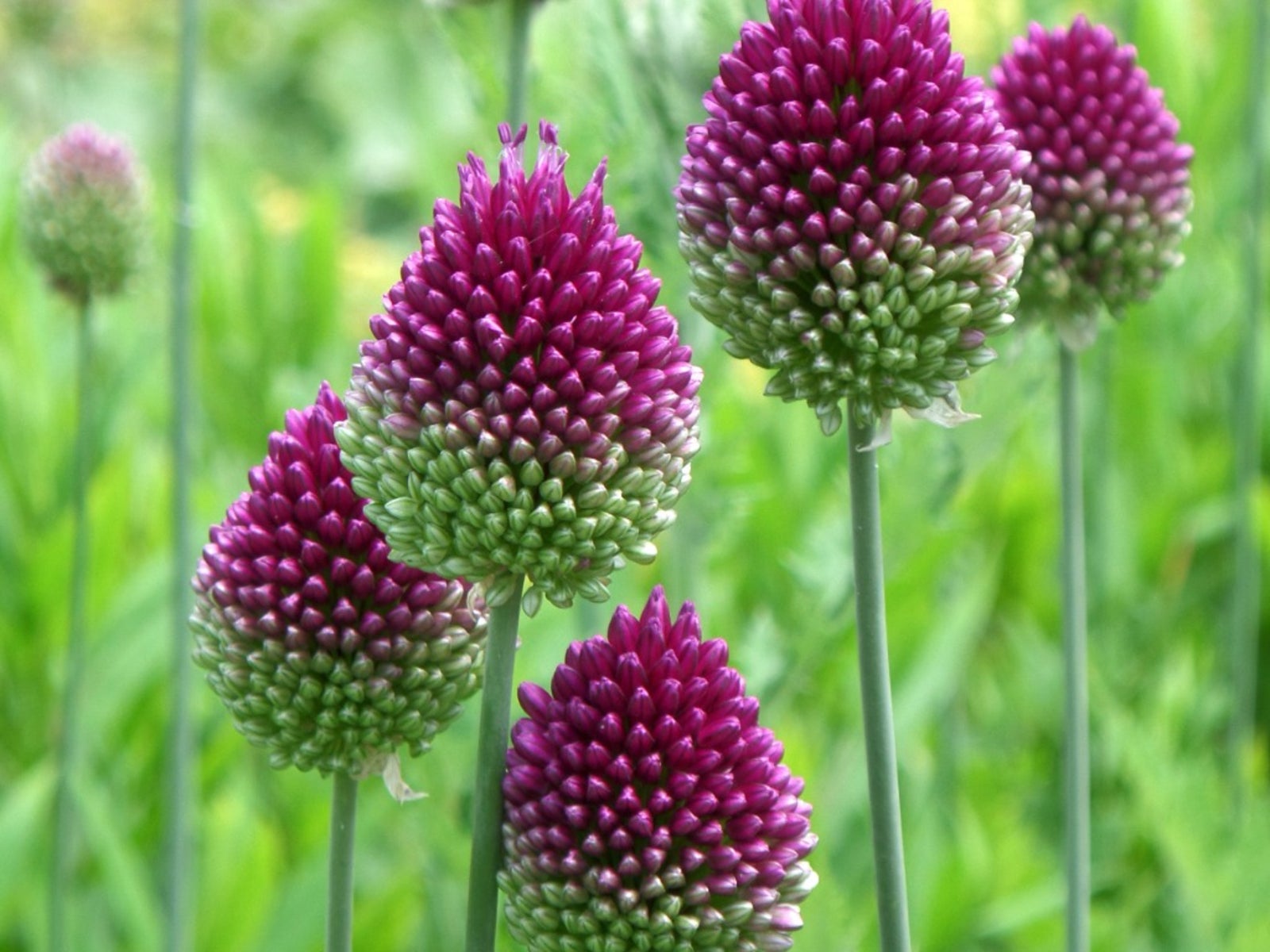Drumstick Allium Flowers: Tips For Growing Drumstick Alliums


A type of ornamental onion, also known as round-headed leek, drumstick allium (Allium sphaerocephalon) is appreciated for the egg-shaped blooms that appear in early summer. Hollow, grayish green foliage provides a lovely contrast to the pink to rosy-purple drumstick allium flowers. Drumstick allium plants are suitable for growing USDA plant hardiness zones 4 through 8.
How to Plant Drumstick Allium Bulbs
At heights of 24 to 36 inches (61-91 cm.), drumstick allium plants are difficult to miss. Showy drumstick allium flowers add beauty to sunny beds, borders, wildflower gardens, and rock gardens, or you can plant them in a mixed garden with tulips, daffodils, and other spring bloomers. You can also plant drumstick allium bulbs in containers. The long, sturdy stems make drumstick allium flowers ideal for cut flower arrangements. Plant drumstick allium bulbs in spring or fall in sandy, well-drained soil that has been amended with compost or organic matter. Drumstick allium plants require full sunlight Avoid damp, poorly drained locations because the bulbs are likely to rot. Plant the bulbs at a depth of 2 to 4 inches (5-10 cm.). Allow 4 to 6 inches (10-15 cm.) between bulbs.
Drumstick Allium Care
Growing drumstick alliums is easy. Water the plants regularly during the growing season, then let the foliage go dry after blooming ends in late summer or early autumn. Allow the leaves to die down to the ground. Drumstick allium flowers self-seed readily, so deadhead spent blooms if you want to prevent rampant spread. If the clumps are overcrowded, dig and divide the bulbs after the foliage dies down. If you live in a climate north of zone 4, dig the bulbs and store them for the winter. Alternatively, grow drumstick allium plants in containers and store the containers in a freeze-free location until spring. That's it! Growing drumstick alliums is just that simple and will add an extra touch of interest to the garden.
Sign up for the Gardening Know How newsletter today and receive a free copy of our e-book "How to Grow Delicious Tomatoes".

A Credentialed Garden Writer, Mary H. Dyer was with Gardening Know How in the very beginning, publishing articles as early as 2007.